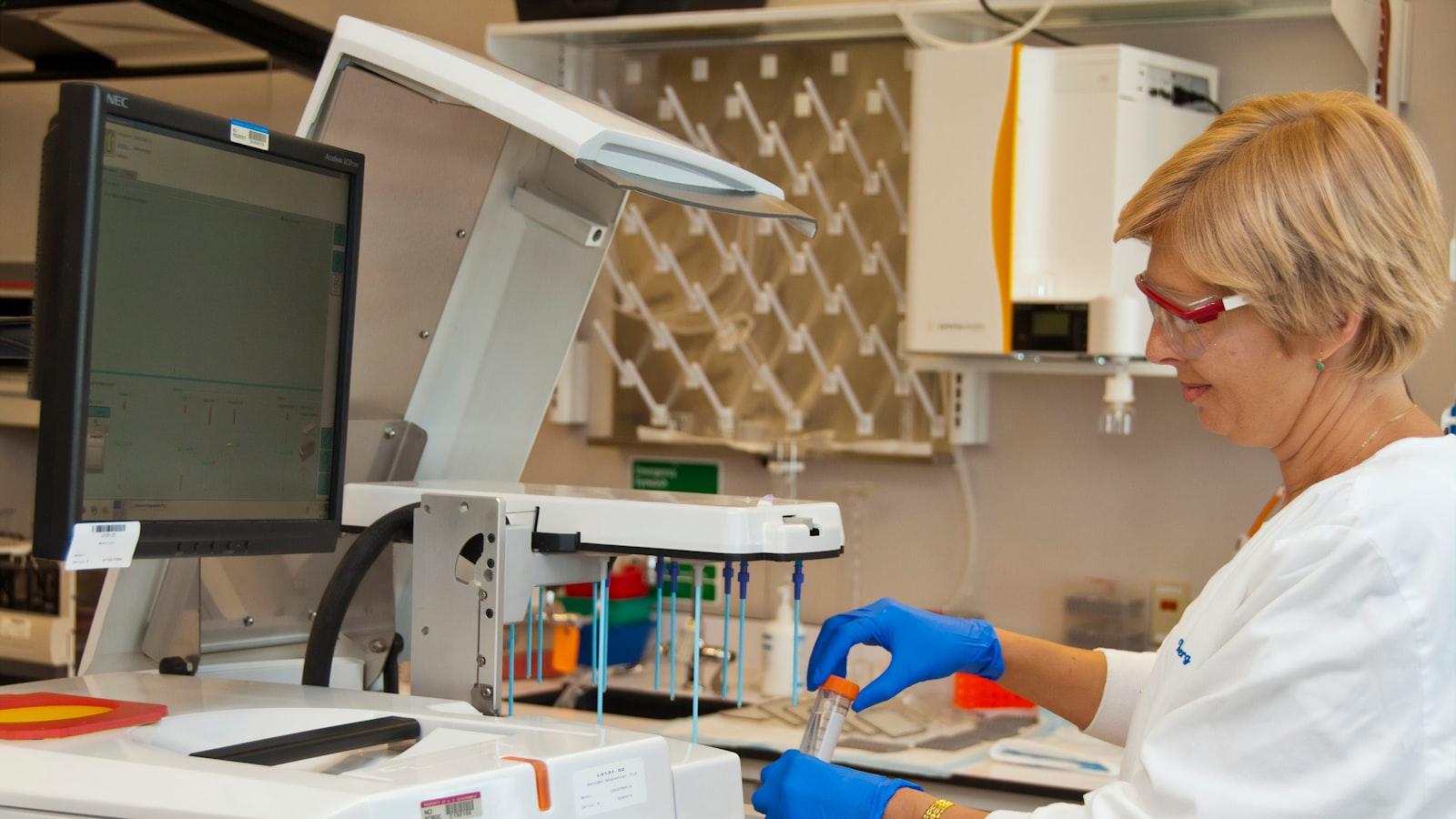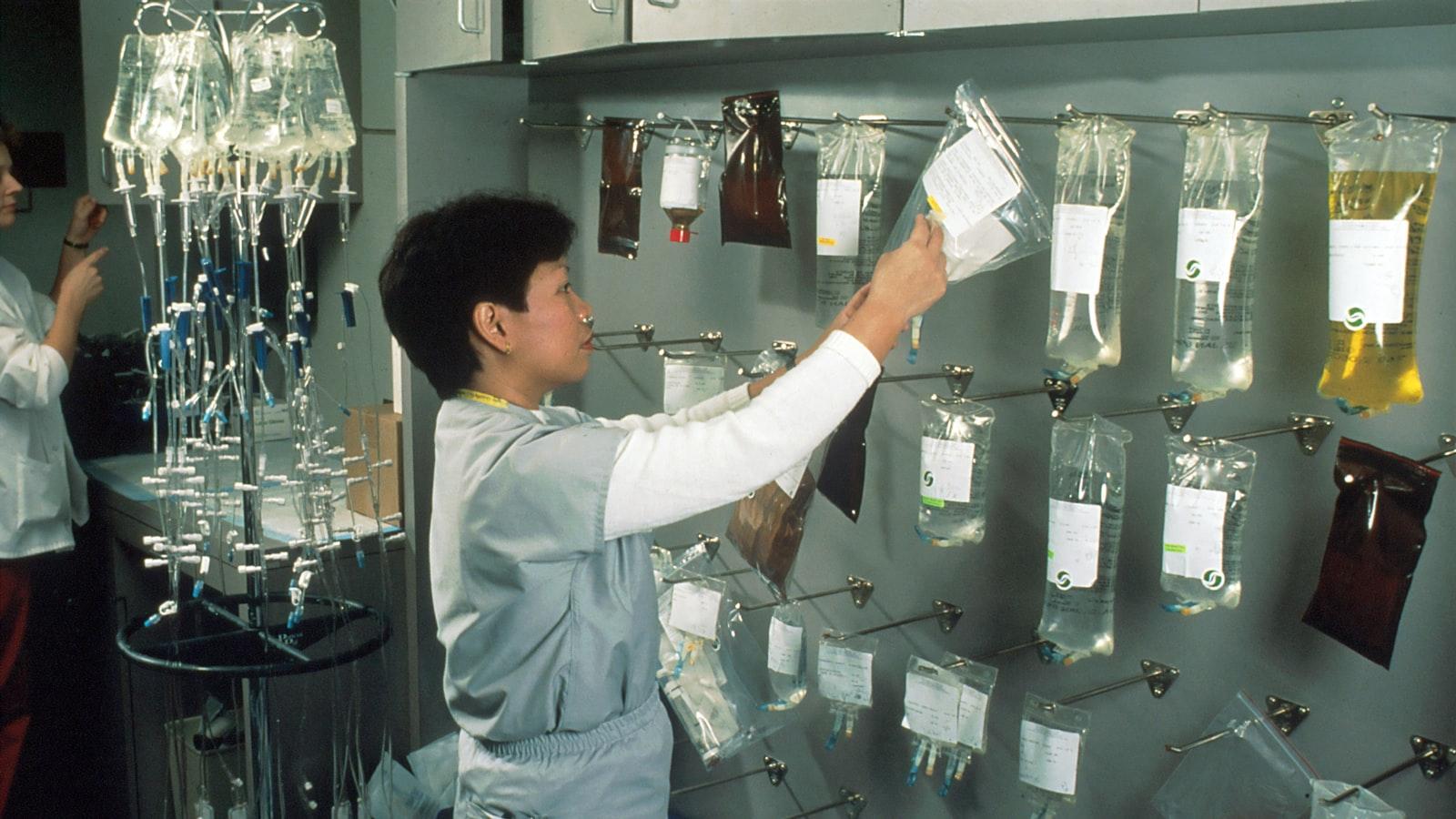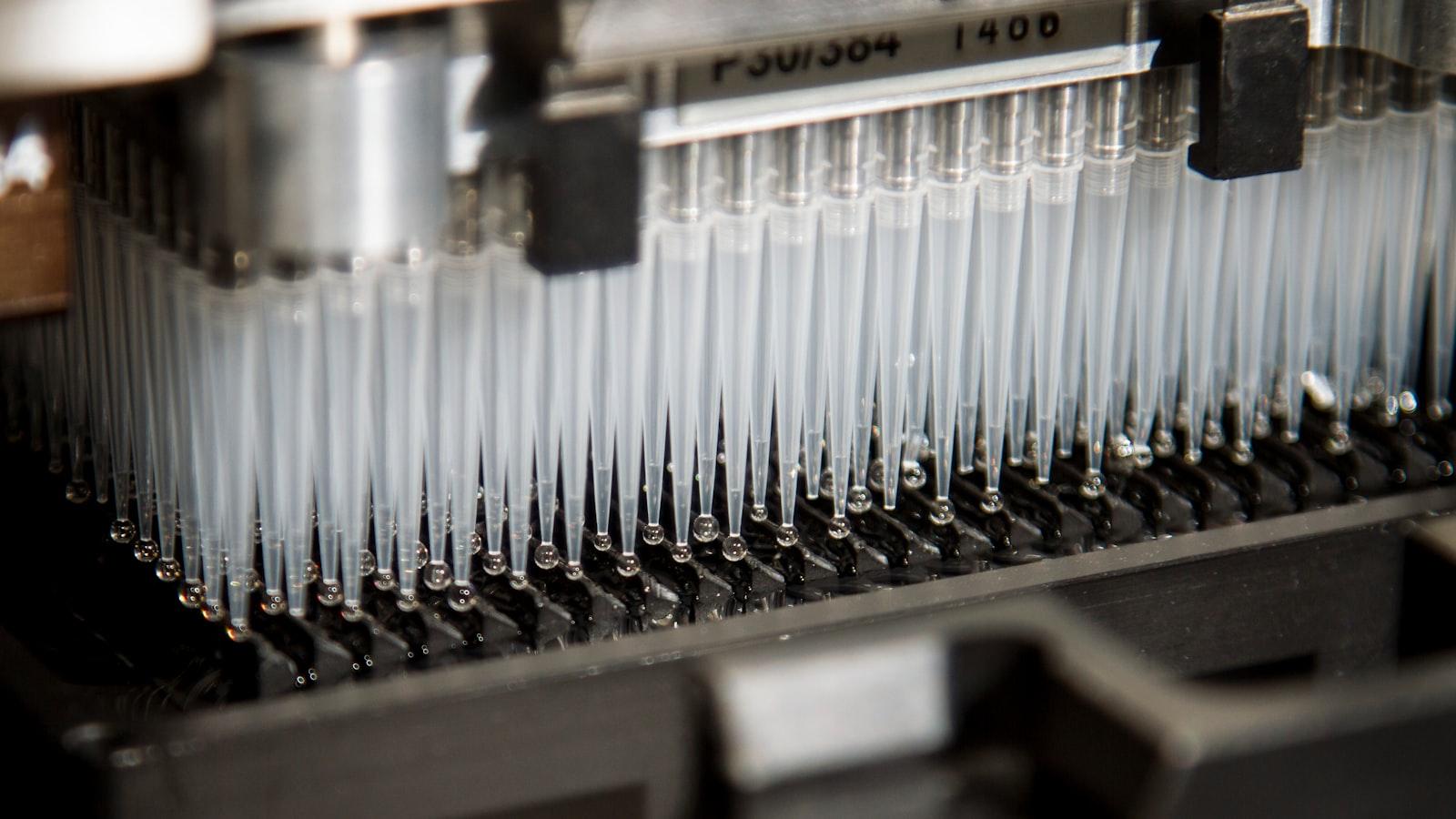In the ever-evolving landscape of software development, the age-old debate between manual testing and automated testing continues to baffle and intrigue both new and seasoned professionals. Is the meticulous attention to detail and human intuition of manual testing still the superior choice, or has the speed and efficiency of automated testing taken the lead? Join us as we embark on a journey of exploration and comparison, aiming to shed light on the age-old question: which path to choose in the realm of testing – manual or automated
Comparison of Manual and Automated Testing: Which Path to Choose?
When considering the choice between manual and automated testing, it’s essential to weigh the pros and cons of each approach. Manual testing relies on human intervention to execute test cases, making it a more hands-on and time-consuming process. However, manual testing allows for greater flexibility and adaptability when it comes to exploring potential software bugs and user experience issues.
On the other hand, automated testing offers speed and efficiency in running test cases, making it a preferred choice for repetitive and regression testing tasks. Automated testing tools can help streamline the testing process and provide quick feedback on the software’s performance. While automated testing may require a higher initial investment in terms of time and resources, it can ultimately save time and effort in the long run.

Pros and Cons of Manual Testing: Is the Human Touch Worth It?
Pros:
- Ability to think outside the box and identify creative testing scenarios.
- Human testers can detect visual UI glitches and usability issues that automated tests might miss.
- Manual testing allows for ad-hoc testing and the ability to explore different paths through the software.
Cons:
- Manual testing can be time-consuming and repetitive, leading to potential human error.
- Difficult to replicate tests consistently, especially in large-scale projects.
- Automated tests can be more efficient for repetitive tasks and regression testing.

Benefits of Automated Testing: Efficiency and Accuracy in Software Development
When it comes to testing software, many developers face the choice between manual and automated testing. While both methods have their advantages and disadvantages, automated testing offers unique benefits in terms of efficiency and accuracy.
With automated testing, developers can write scripts that execute test cases automatically, saving time and effort compared to manual testing. This efficiency allows for quicker test execution, which in turn accelerates the development process. Additionally, automated tests can be run repeatedly without the risk of human error, ensuring consistent and reliable results. By utilizing automated testing tools, developers can improve the overall quality of their software and streamline the testing process.

Making the Decision: Factors to Consider When Choosing Between Manual and Automated Testing
When deciding between manual and automated testing, there are several factors to consider that can help you make the best choice for your specific situation. One key factor to consider is the complexity of the application being tested. If your application is relatively simple with minimal features and functionalities, manual testing may be a more cost-effective and efficient option. On the other hand, if your application is complex with a large number of functionalities and frequent updates, automated testing can help save time and resources in the long run.
Another important factor to consider is the frequency of testing. If your application requires regular testing, automated testing can help streamline the process and ensure consistent results. Additionally, consider the skill level of your team members. If your team has limited programming skills and technical knowledge, manual testing may be more feasible. However, if your team is proficient in automation tools and scripting languages, automated testing can be a valuable asset.
To Wrap It Up
In conclusion, the debate between manual and automated testing continues to be a topic of discussion in the world of software development. Both methods have their own strengths and weaknesses, and the decision of which path to choose ultimately depends on the specific needs and requirements of the project at hand.
While manual testing offers the human touch and flexibility, automated testing provides efficiency and consistency. Finding the right balance between the two approaches may be the key to achieving successful testing outcomes.
At the end of the day, the choice between manual and automated testing comes down to personal preference, expertise, and project constraints. As technology continues to evolve, it is important for developers and testers to stay informed and adapt to new testing methodologies in order to deliver high-quality software products.
